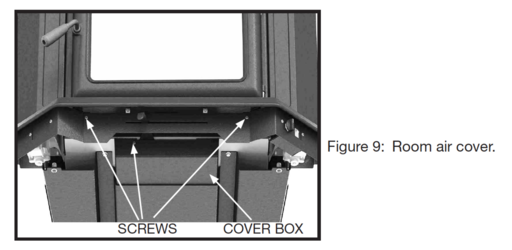Ok I've probably had 20 fires in this stove and I am lucky to get 5 hours on a fully loaded stove. I'm talking fire box full loaded north and south. I'm burning seasoned dry Fir (15-17%) which might be the problem but this stove seems to go through wood much faster than my last stove which was a enviro Kodiak 1700.
I have a very strong draft and I let the coals burn way down before reloading but the wood on warm reloads seems to take off quick. I damp the stove down rather quickly because if I don't I will have a pretty raging fire. My vent is probably 25' nearly straight up but there are two 45s about 8' up.
The fire at the front of the stove stays pretty vigorous and am considering blocking the boost air hole near the primary air hole to see if that makes a difference.
I've read where others have bent the tab allowing the primary air to be shut down to near zero.
Anyone have any thoughts or input? Thanks
I have a very strong draft and I let the coals burn way down before reloading but the wood on warm reloads seems to take off quick. I damp the stove down rather quickly because if I don't I will have a pretty raging fire. My vent is probably 25' nearly straight up but there are two 45s about 8' up.
The fire at the front of the stove stays pretty vigorous and am considering blocking the boost air hole near the primary air hole to see if that makes a difference.
I've read where others have bent the tab allowing the primary air to be shut down to near zero.
Anyone have any thoughts or input? Thanks


